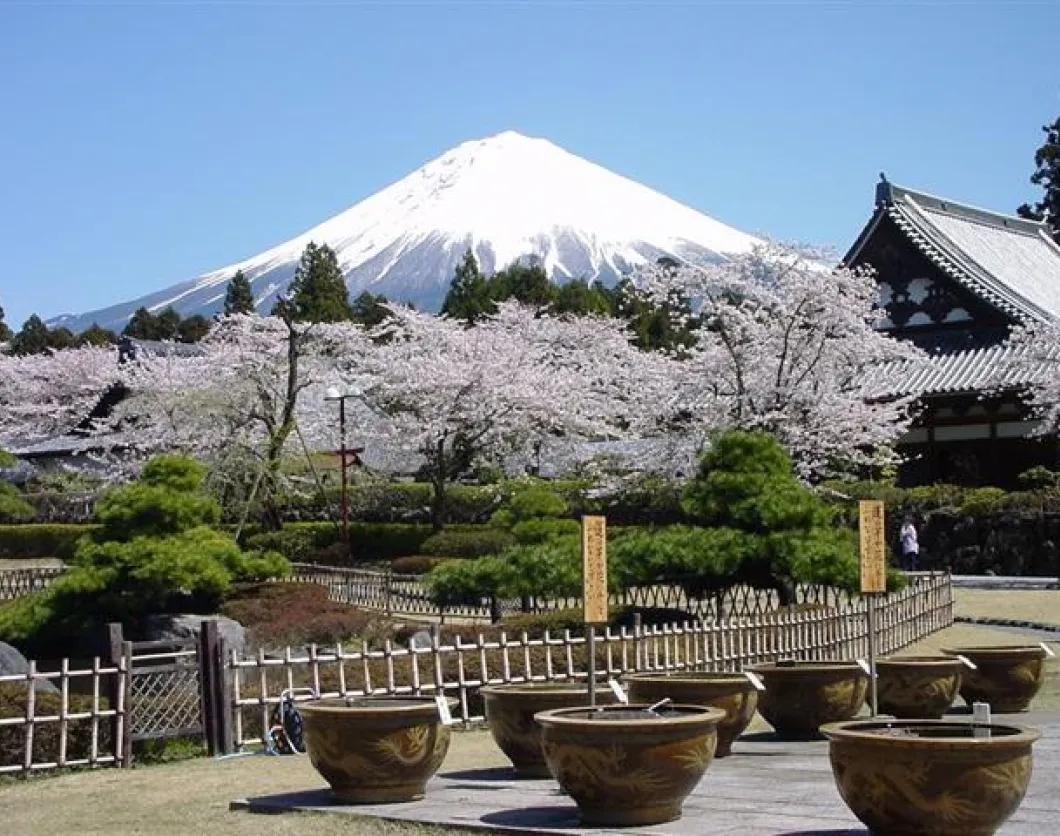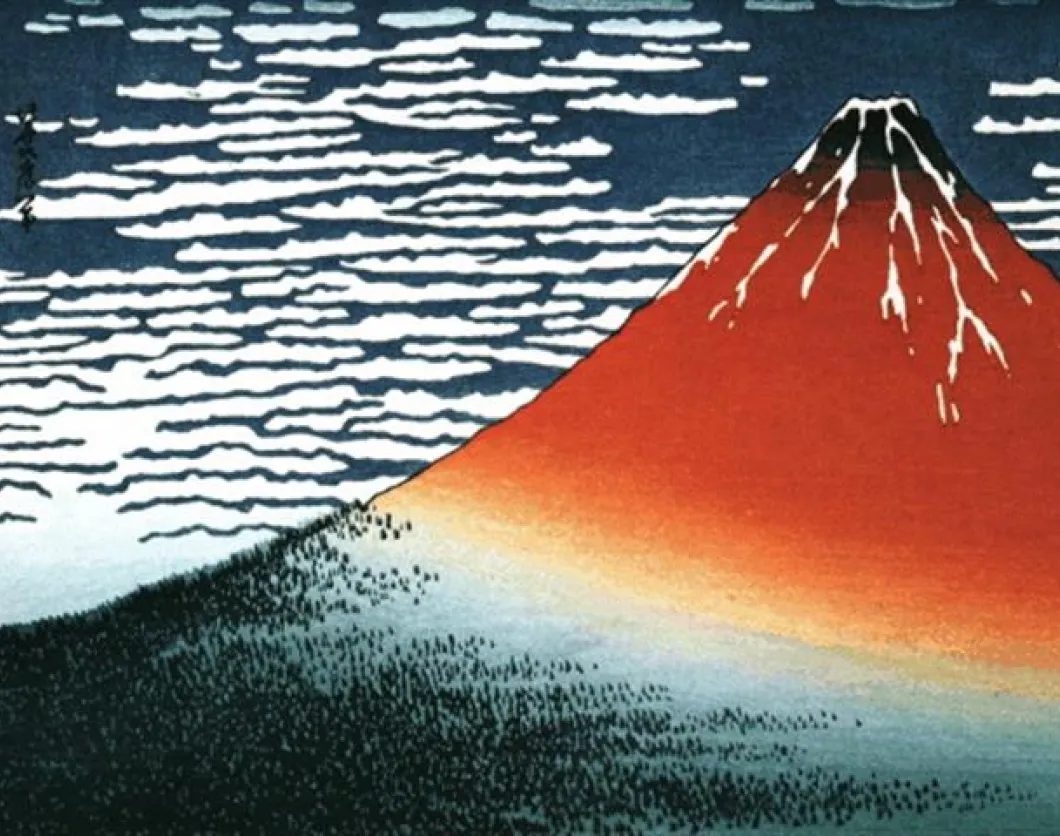The Japanese iconic mountain, Mount Fuji, has finally made it into the UNESCO’s list of World Heritage Sites. The recognition has elevated Fujisan (the common name for Mount Fuji) into a coveted place globally, but instead of being marked out as a natural heritage site, Fujisan has gone into UNESCO’s list as a cultural site. Officially, Mount Fuji is now known as the Wellspring of Art and the Object of Worship. The storming of Mount Fuji into the UNESCO’s list is however not surprising, considering the natural splendor and majestic beauty that adorns the mountain.
Fujisan is a strato-volcano and snow-capped mountain that rises elegantly above the lakes, the tree-fringed sea and the villages with many graces. The mountain stands erect 100 km to the south-western side of Tokyo, is 3,776m tall and has a base overlapping to the Suruga Bay sea shores. Its splendor has always attracted and inspired pilgrims, poets and artists from different parts of the globe. From way back in the 11th century, Mount Fuji had already claimed a dominant place in Japanese art. It boasts of 25 sites that reflect a deeply profound sacred landscape.
Serially, Fujisan comprises of the upper mountain zone and the lower landscape of shrines, slopes, lodging houses, and revered phenomena such as waterfall lava, springs, and a sand beach replete with pine tree grove and tree moulds. Besides, the use of the mountain by ascetic Buddhists for training in the 12th century cemented the historic and scenic features of Fujisan.
There are crater shrines and pilgrim routes on the upper 1,500-meter portion of the over 3,776 meter mountain. Moving down to the mountain’s base, there are other inscribed sites such as Oshi lodging houses, Sengen-jinja shrines, natural volcanic features like waterfalls, lakes, springs, and moulds that are considered sacred. Moreover, the emergence and popularity of wood block prints like the 36-Views of Mount Fuji in the 19th century has managed to stamp Fujisan more boldly on the fabric of western art.
Fujisan’s majesty and recurrent volcanoes have served to inspire various religious practices over the years. Buddhist and Shintoist pilgrims made their way up and down the mountain, formalizing lodging houses and shrines, and creating summit access routes on the mountain. For instance, the pilgrims left Sengenjinja shrines located at the mountain’s foot and climbed to the crater where they believed that Asama no Akami, the Shinto Deity, resided. When the pilgrims reached the summit, they processed around the wall of the crater, a practice known as Ohachimeguri, believing that they were in a holy place.
To make the lives of pilgrims better, organizations were established in the 18th century to care for the pilgrims’ needs. Soon, many routes were delineated, Buddhist facilities were built, shrines were established and huts were provided. Before climbing the mountain, pilgrims purified themselves in the springs and lakes at the foot of the mountain. They revered flowing lava as sacred. Images of Fujisan flourished in literature, art, gardens and other forms of crafts from the 14th century right to the 19th century.
Even though Fujisan has several majestic sites that are linked to various artistic and spiritual associations, recent developments have affected supporting shrines, lodging houses and pilgrim routes. For example, Lake Kawaguchiko and Lake Yamanakako together with the ponds and springs have recently faced intense pressure from low-rise development and tourism. To deal with increased damages to Fujisan’s integrity, there is need to appreciate the existing inter-connectedness between human activities and the natural environment of the mountain.
There is real need to strengthen various measures both on the location and scale of development projects near the property. Proper controls on building color and height is necessary. Today, Fujisan is under care of Fujisan World Cultural Heritage Council. The council works in liaison with the national cultural agency at the office of the Agency for Cultural Affairs. The council receives and acts upon both the inputs of the national agency and the academic committee for surveying, management and preservation of Fujisan.
After receiving UNESCO’s recognition, Fujisan has become a world class tourism center. It is expected that the annual climbers of the mountain will increase from the current 300,000 to a bigger number. With the rise in visitors, the mountain will also be swarmed in debris and trash. Though a $10 entrance fee has been proposed, a lot needs to be done to ensure that Fujisan remains as beautiful as ever.












